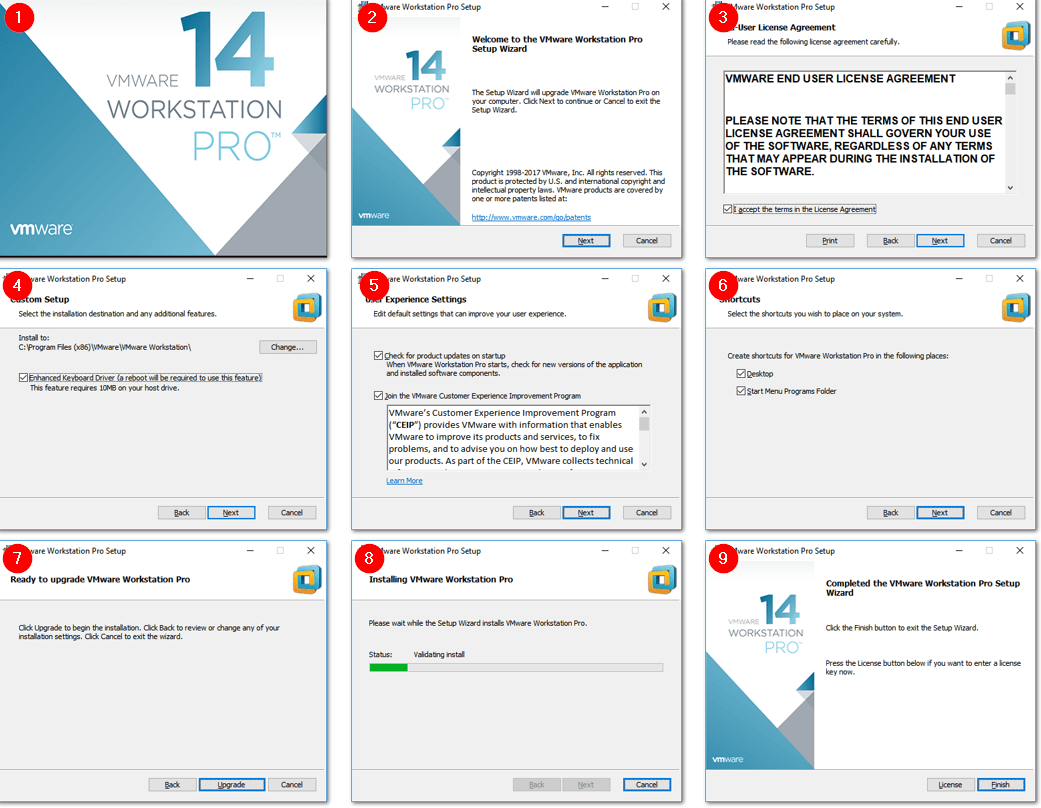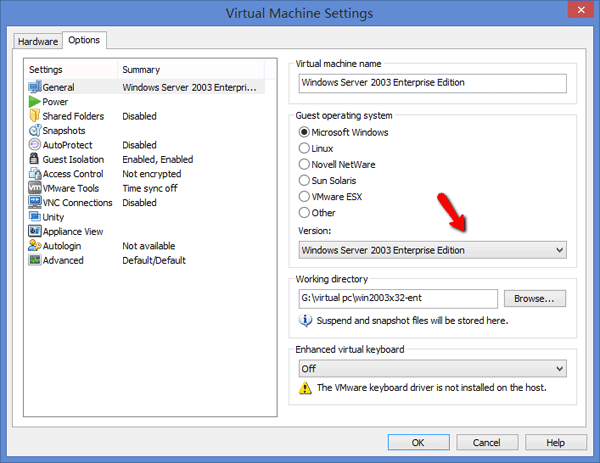


You can use for example the following powershell script to determine the specific device identifiers: Method 1: Use persistent identifiers for SCSI devices. To work around the problem, modify your kickstart files, using one of the following methods: This occurs if the VM has more than one disk or if the disks have different sizes. As a consequence, automated tasks set up with the HBTL SCSI identification or device node in the VM do not work consistently. The SCSI host address sometimes changes when booting a Hyper-V VM with multiple guest disksĬurrently, when booting a RHEL 8 virtual machine (VM) on the Hyper-V hypervisor, the host portion of the Host, Bus, Target, Lun (HBTL) SCSI address in some cases changes. This behavior can cause performance problems.

For example, if the setup is complex and a backup and copy application does not handle sparse files correctly, the file is copied as if its size was 400 GB. Although the actual file is sparse and does not use all that space, certain applications are not designed to identify sparse files by default and may require a specific option to handle them. For example, if a user with the UID of 1280000008 logs in to an IdM client, the local /var/log/lastlog file size increases to almost 400 GB. However, having high UIDs can create problems with the /var/log/lastlog file. Selecting a random range in this way significantly reduces the probability of conflicting IDs in case you decide to merge two separate IdM domains in the future. The /var/log/lastlog sparse file on IdM hosts can cause performance problemsĭuring the IdM installation, a range of 200,000 UIDs from a total of 10,000 possible ranges is randomly selected and assigned. L1SubCtl1: PCI-PM_L1.2- PCI-PM_L1.1- ASPM_L1.2- ASPM_L1.1-Īs a result, you can ignore the warning message.įor more information about the problem, see the "Firmware Bug: ECAM area mem 0x30000000-0x31ffffff not reserved in ACPI namespace" appears during system boot solution. PortCommonModeRestoreTime=255us PortTPowerOnTime=10us You can verify that PCI ECAM works correctly by accessing the PCIe configuration space over the 256 byte offset with the following output:Ġ3:00.0 Non-Volatile memory controller: Sandisk Corp WD Black 2018/PC SN720 NVMe SSD (prog-if 02 ) However, the kernel is still able to access the 0x30000000-0x31ffffff memory region, and can assign that memory region to the PCI Enhanced Configuration Access Mechanism (ECAM) properly. acpi PNP0A08:00: : ECAM area not reserved in ACPI namespace Consequently, the following warning message occurs during the system boot: The Advanced Configuration and Power Interface (ACPI) table provided by firmware does not define a memory region on the PCI bus in the Current Resource Settings (_CRS) method for the PCI bus device. The kernel ACPI driver reports it has no access to a PCIe ECAM memory region Notable changes to internationalization in RHEL 8 Red Hat Enterprise Linux 8 international languagesġ1.2. Internationalization"Ĭollapse section "11. Dynamic programming languages, web and database serversĮxpand section "11. Red Hat Enterprise Linux System Rolesġ0.10. Deprecated functionality"Ĭollapse section "9. Red Hat Enterprise Linux System RolesĮxpand section "9. Red Hat Enterprise Linux System RolesĬollapse section "8. Dynamic programming languages, web and database serversħ.14. Important changes to external kernel parameters"ħ.10. Important changes to external kernel parameters"Ĭollapse section "5. Important changes to external kernel parametersĮxpand section "5. Dynamic programming languages, web and database serversĤ.17. Distribution of content in RHEL 8"Ĭollapse section "3. Providing feedback on Red Hat documentationĮxpand section "3.


 0 kommentar(er)
0 kommentar(er)
